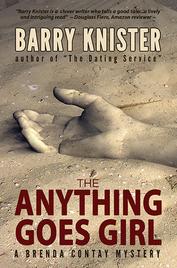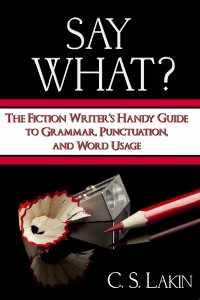By Elizabeth S. Craig, @elizabethscraig
I’ve come to the conclusion that production plans are important for any prolific writer, whether they’re self-published, traditionally published, or a hybrid writer.
I was lucky enough with the deadlines for the two traditionally published series that the drafting didn’t (usually) happen at the same time. Only once that I can remember did I have two books for two different series due at once. That was…not fun.
But adding a third series into the mix meant I had even more stuff to juggle. And with self-pub, you have to add other elements onto your calendar apart from the writing: contacting your team, approving a cover, going through the editing process with a freelancer, getting the book formatted, writing cover copy…it’s a lot.
A week ago, one of the members of my self-pub team contacted me to ask when she should put me on her calendar for editing this year. This made me stop and think. Production would certainly go a lot faster and smoother and launch deadlines would become firmer if I figured out my calendar for the year, got my team onboard with my calendar, and then simply followed the schedule I’d set.Continue reading




